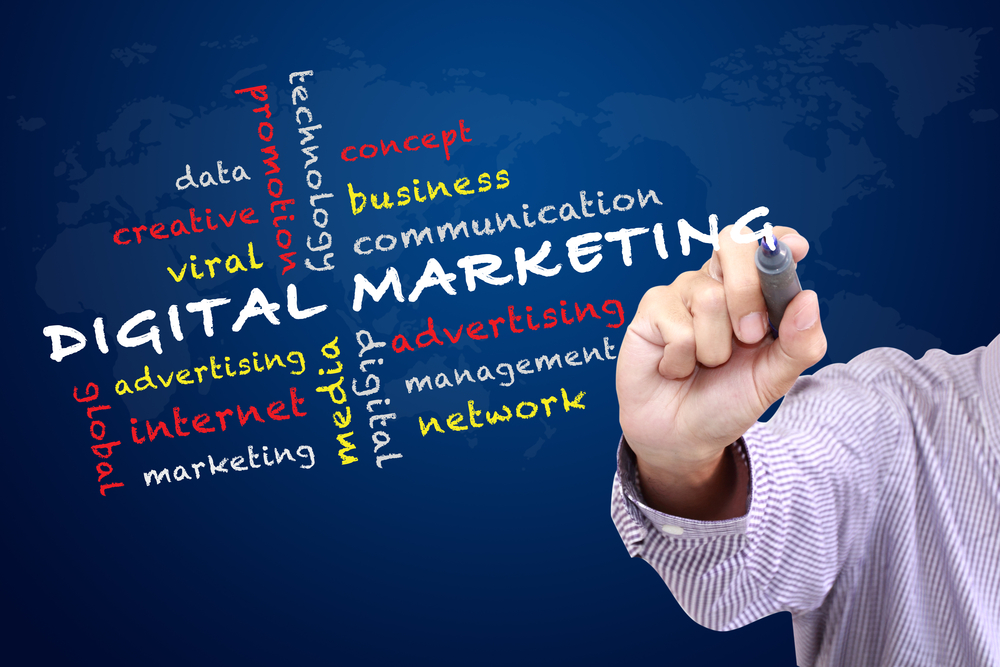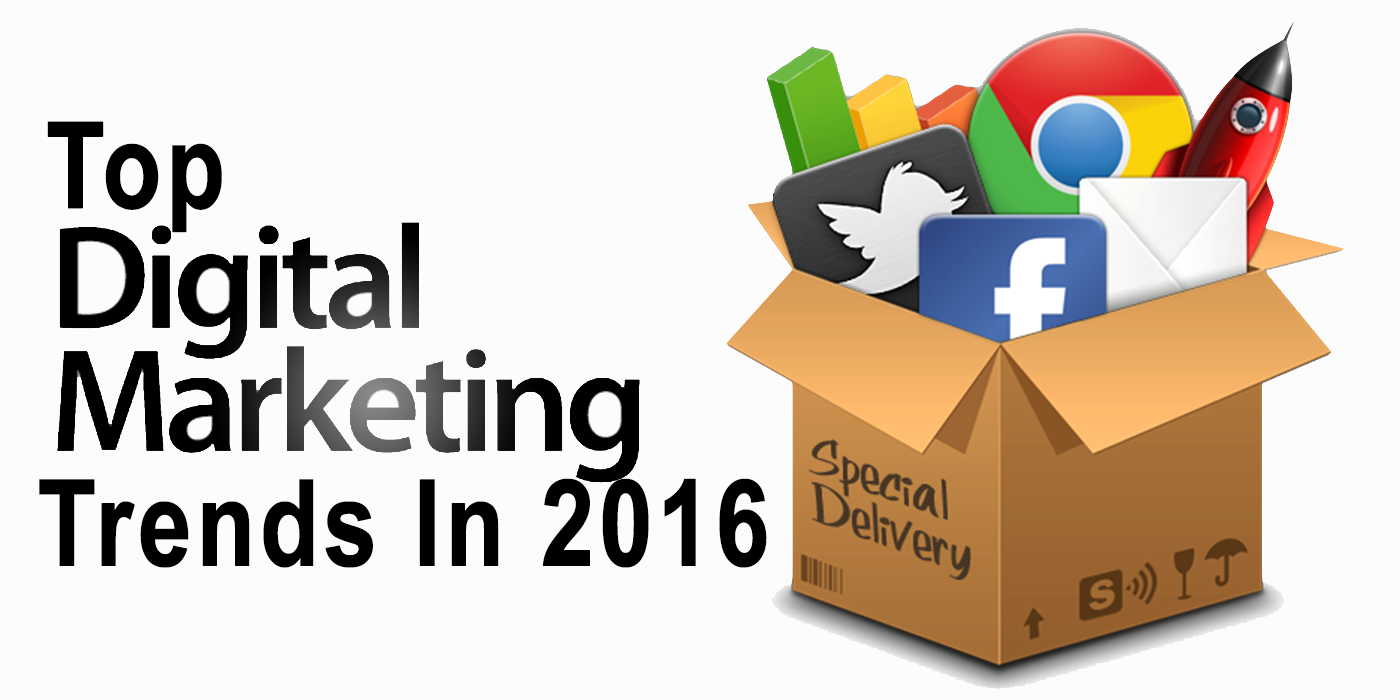You have one of the toughest jobs in marketing. You’ve got to breathe new life into a well-known, mature brand. One that has either plateaued, lost share or, worse, is spiraling toward oblivion. A successful restage will make you a hero, but it’s not going to be a walk in the park.
For one thing, private label and store brands are stealing consumers, who are growing increasingly smarter and more discriminating. Newer brands are, simply, newer. And in the minds of most consumers, the latest is usually the best. To make matters worse, your marketing budget is probably not going as far as it used to.
Don’t panic. Your situation may not be that dire. Although a mature brand does carry some baggage, it also has been around. It means something special to a lot of people. You probably have much to work with, as long as you know where to look. How about that old safe in the attic?
Dust it off, and open it up. Inside is all the “stuff” that built the brand:
- Its most important product promises.
- Its package graphics and logo.
- Its history
- Its founder or inventor.
- The company that manufactured it.
- Its most famous advertising theme lines and campaigns.
One or more of these elements is probably your most valuable asset. The Inner Brand. And unlocking it may be the key to the future. The Inner Brand is different from a lot of other marketing buzz phrases like Brand Equity or Brand Character. It is more than just a group of words on a strategy statement that five people can interpret five different ways. It is a real, tangible asset that no other brand owns.
The Inner Brand can be a color, as National Car Rental decided with its new “Green Means Go” relaunch. It can be a brand’s founder, as KFC must have remembered in bringing back Colonel Saunders (figuratively, of course”. It can even be a brand’s technology, as “instant” is with Polaroid. Or it can be another element of a brand’s heritage that keeps popping up in focus groups.
The Inner Brand is often so strong that, no matter how hard you try, it’s impossible to move beyond it. Sterling-Winthrop found this out recently, when it tried unsuccessfully to make people think of Bayer as more than just aspirin.
Whether The Inner Brand proves to be your greatest advantage or greatest liability, it’s something to reckon with. And, before you decide how best you use The Inner Brand, you must know what it is.
You can take the more common first step: hold an agency review. It’s a great way to delay and gives you a change to sort things out. However, an agency review of ten becomes a long, drawn-out and expensive process of getting to the same place.
Avis put its agency on notice a couple of years ago. After many weeks of sleepless nights, the agency kept the business with a rather familiar theme, “Avis. Working harder than ever.” They recognized The Inner Brand, and built upon it.
Another major advertiser, Burger King, put its account up for review a couple months ago. After carefully whittling the list of contenders down to three terrific shops, the long-awaited announcement was made: they’re returning to “flame-broiled” as the brand’s positioning. Why did they leave it in the first place?
After all, everyone would agree, the biggest waste of money in marketing is change. A new brand manager, marketing director or agency always causes some disruption. And the truth is consumers don’t know your name or the name of your agency. And they couldn’t care less. All they know is what they think of your brand.
With mature brands, chances are they remember something very specific. If someone says Crest, consumers will think Dentist.
If someone says Marlboro, consumers think Cowboy.
If someone says 7 Up, consumers think Uncola.
If someone says, Citibank, consumers think “never sleeps.”
Advertising works. Yet after often spending hundreds of millions of dollars establishing an image, it’s amazing how many smart marketers and smart agencies ditch the past and start over, sometimes because they don’t want to inherit someone else’s ideas. This causal disregard for The Inner Brand is not only irresponsible, it’s foolish. And it’s usually the surest way of making a tough marketing situation a lot tougher.
This is written by Brett Shevack, CEO and Founder of www.brandinitiatives.com













